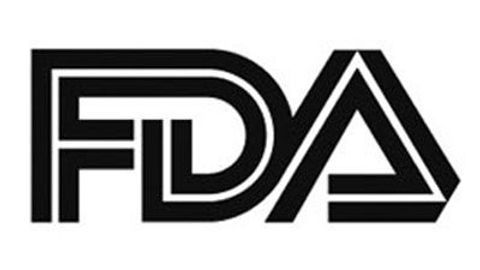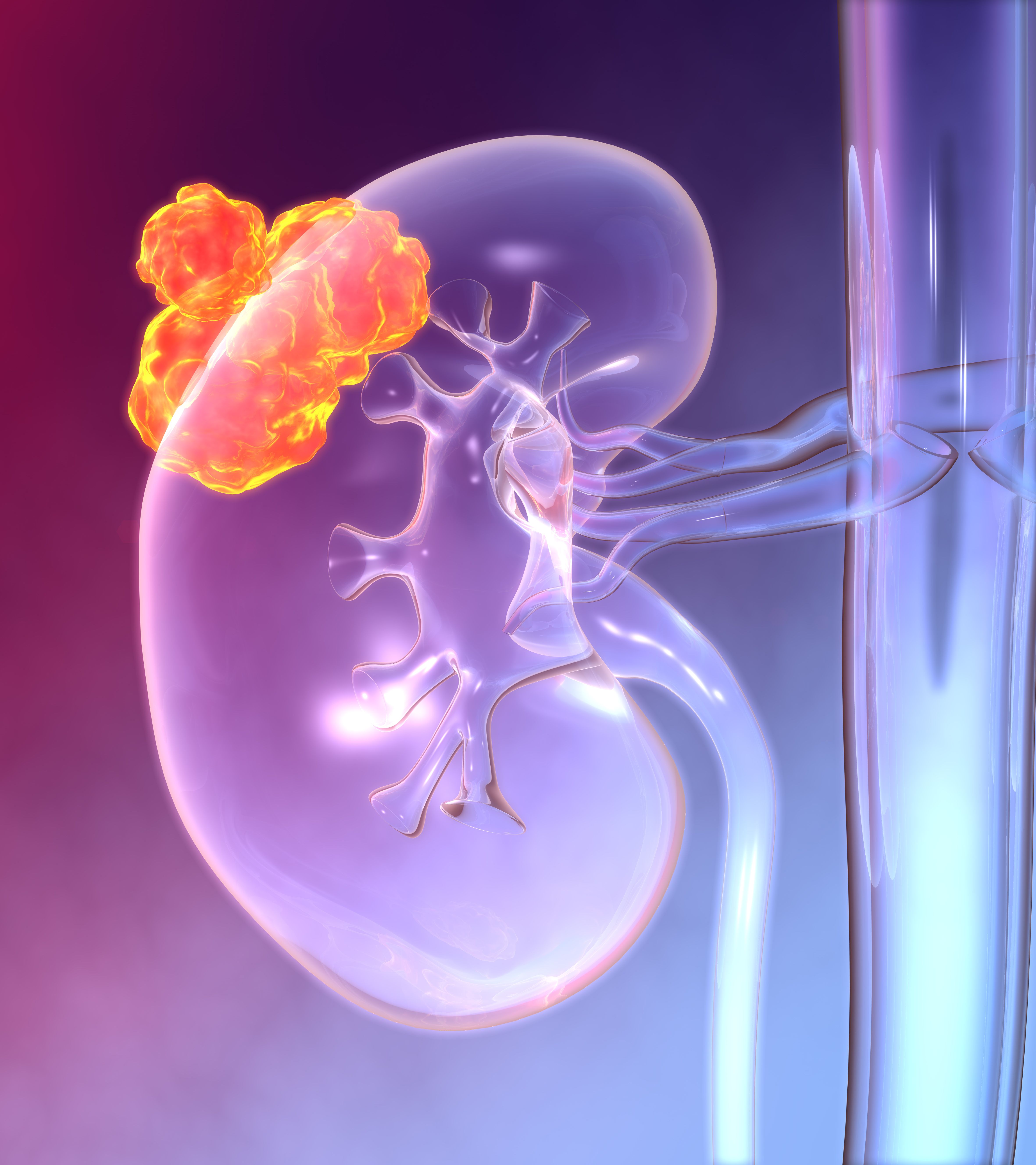FDA Considers Approval of TLX250-CDx in Kidney Cancer
A biologics license application for TLX250-CDx has been submitted to the FDA, as supported by the phase 3 ZIRCON trial showing high accuracy for ccRCC detection.
- The FDA has received a submission of a biologics license application (BLA) for TLX250-CDx (Zircaix, 89Zr-DFO-girentuximab) kidney cancer imaging.
- TLX250-CDx, an investigational radiodiagnostic PET, is being developed for the characterization of renal masses as clear cell renal cell carcinoma (ccRCC).
- The BLA is supported by findings from the phase 3 ZIRCON study in ccRCC (NCT03849118).

The BLA submission for TLX250-CDx has been submitted to the FDA. The investigational radiodiagnostic PET agent is being developed to characterize renal masses as ccRCC.1
Findings from the phase 3 ZIRCON trial in ccRCC (NCT03849118) support this BLA submission as all of the study’s coprimary and secondary end points were met. Here, the agent met a sensitivity of 86%, a specificity of 87%, and a positive predictive value of 93% for ccRCC. This included lesions that were small and difficult to detect.
Looking at safety, there were no unexpected safety signals, and the study showed only minimal adverse events (AEs) linked with TLX250-CDx. A total of 18 patients (6%) had grade 3 or higher treatment-emergent AEs.2
“We are pleased to be progressing the BLA for TLX250-CDx, which has been granted breakthrough designation, and may therefore be eligible for priority review. Telix continues to target a full US commercial launch in 2025 addressing a major unmet medical need for patients with suspected ccRCC,” said Kevin Richardson, chief executive officer, precision medicine at Telix, in a press release.1
If granted approval, TLX250-CDx will become the first and only targeted PET agent to be commercially available in the US that is designed specifically for the treatment of kidney cancer.
Kidney cancer, colorful medically 3D illustration: © Axel Kock - stock.adobe.com

Telix anticipates that the FDA will assign a PDUFA target action date after the 60-day administrative review of the application.
Behind the Phase 3 ZICRON Trial
ZIRCON was a confirmatory, prospective, open-label, multicenter, phase 3 trial which included 371 patients who were screened and 332 who were enrolled. A total of 300 patients made up the safety analysis set with 284 in the full analysis set.3 Experts sought to evaluate the sensitivity and specificity of 89Zr-TLX250 PET/CT imaging to non-invasively detect ccRCC in adult patients with indeterminate renal masses, scheduled for partial or total nephrectomy.
Enrollment in the study was open to patients aged 18 years and older with a single indeterminate renal mass 7 cm or smaller in diameter (cT1) on CT or MRI that was suspicious for ccRCC and scheduled for surgical removal. Patients were also required to have sufficient life expectancy to justify nephrectomy.
Once enrolled, patients received the agent at a dose of 37 MBq (1 mCi)/10 mg on day 0.
The coprimary end points of the trial were sensitivity and specificity of the agent vs central histology, or surgical resection, in the detection of ccRCC. Key secondary end points consisted of sensitivity and specificity of TLX250-CDx in a cT1a (≤4 cm) subgroup.
REFERENCES:
Telix files TLX250-CDx (Zircaix®) BLA for kidney cancer imaging. News release. Telix. December 30, 2024. Accessed January 2, 2025. https://tinyurl.com/mr272y7b
Shuch BM, Pantuck AJ, Bernhard J-C, et al. Results from phase 3 study of 89Zr-DFO-girentuximab for PET/CT imaging of clear cell renal cell carcinoma (ZIRCON). J Clin Oncol. 2023;41(suppl 6; abstr LBA602). doi:10.1200/JCO.2023.41.6_suppl.LBA602
89Zr-TLX250 for PET/CT imaging of ccRCC- ZIRCON study (89ZR-TLX250). ClinicalTrials.gov. Updated May 17, 2024. Accessed January 2, 2025. https://www.clinicaltrials.gov/study/NCT03849118
Enhancing Precision in Immunotherapy: CD8 PET-Avidity in RCC
March 1st 2024In this episode of Emerging Experts, Peter Zang, MD, highlights research on baseline CD8 lymph node avidity with 89-Zr-crefmirlimab for the treatment of patients with metastatic renal cell carcinoma and response to immunotherapy.
Listen
Peers Discuss Management of IO/TKI Toxicities and Dosing Strategies in Frontline RCC
March 11th 2025During a Case-Based Roundtable® event, Elizabeth M. Wulff-Burchfield, MD, and other participants discussed their experiences with the frontline combination regimens for advanced renal cell carcinoma.
Read More
Beyond the First-Line: Economides on Advancing Therapies in RCC
February 1st 2024In our 4th episode of Emerging Experts, Minas P. Economides, MD, unveils the challenges and opportunities for renal cell carcinoma treatment, focusing on the lack of therapies available in the second-line setting.
Listen




